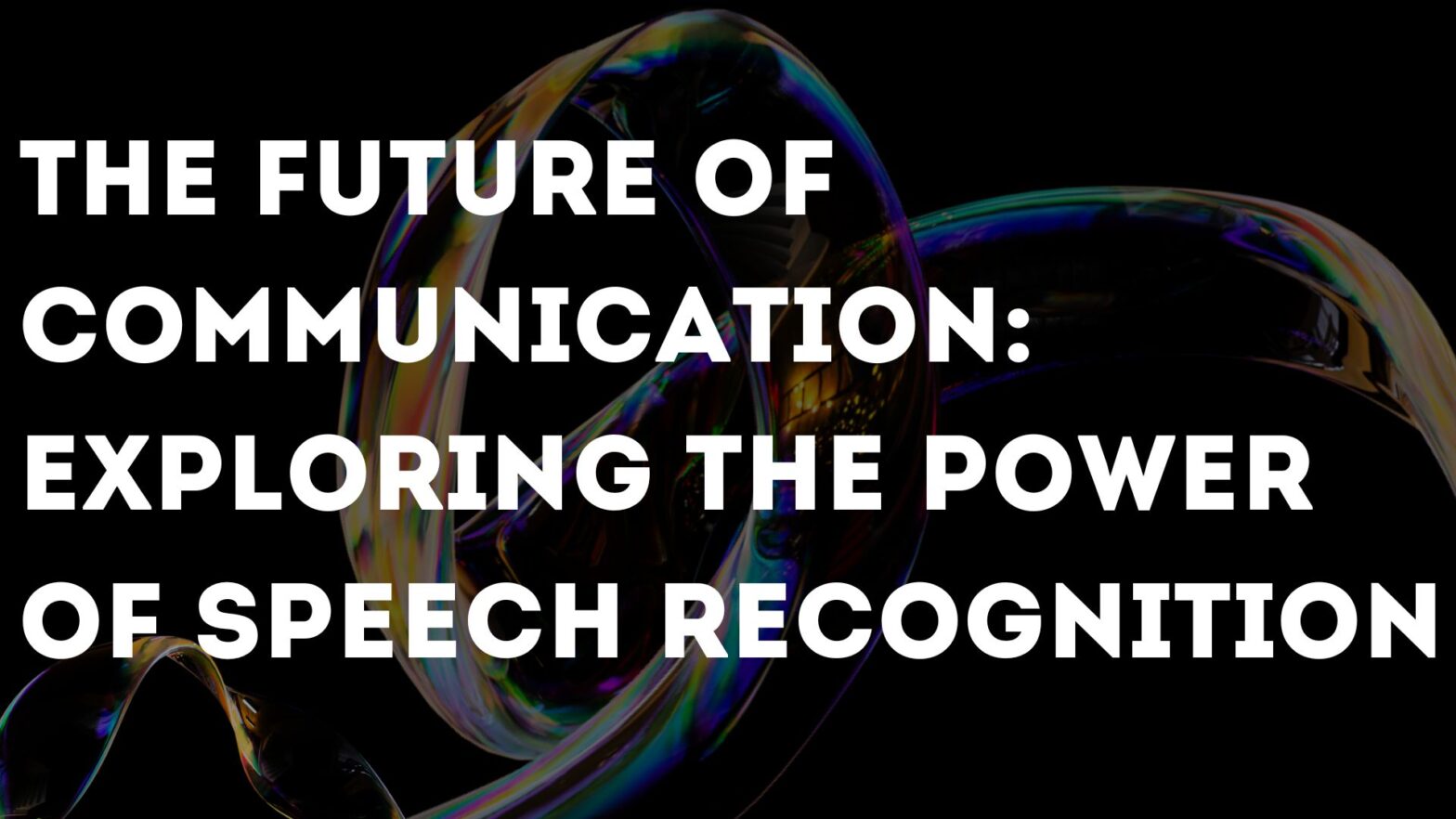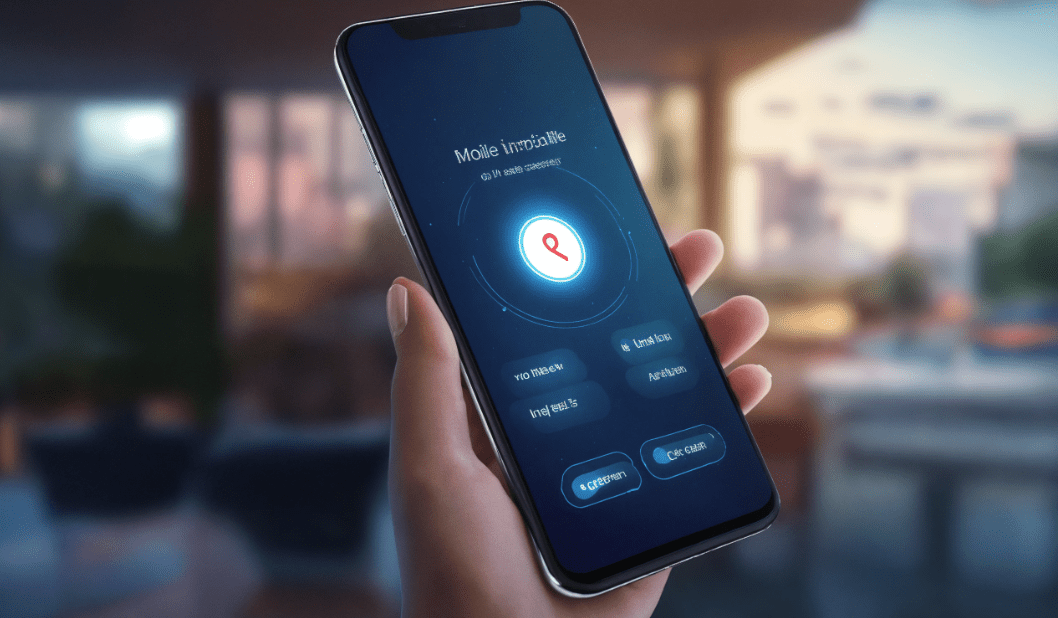Voice recognition technology has rapidly evolved, becoming a staple in many applications from virtual assistants to automated customer service. Understanding how a voice recognition system works and how to implement it can open up a range of possibilities for developers. This article will provide an overview of voice recognition, how to create a voice recognition program using Python, and some key considerations for speech recognition training and solutions.

What is Voice Recognition?
Voice recognition, or speech recognition, is the ability of a machine or program to identify and process human speech. It involves converting spoken words into text using speech recognition software and interpreting the meaning. This technology is used in various applications, including virtual assistants like Siri and Alexa, transcription services, and voice-activated controls.
Key Components of Speech Recognition
Acoustic Model: Represents the relationship between phonetic units of speech and the corresponding speech signals, converting physical sound to an electrical signal with a microphone, and then to digital data with an analog-to-digital converter.
Language Model: Predicts the sequence of words in a sentence, helping to understand context and grammar.
Pronunciation Model: Maps words to their phonetic representations.

Speech Recognition Training
Training a speech recognition system involves creating models that accurately interpret spoken words. This typically requires:
Large Datasets. Diverse and comprehensive audio datasets to train the model on different accents, dialects, and speaking styles.
Feature Extraction and Processing Audio Data. Converting audio signals into features that the model can understand, utilizing tools in Python libraries for processing audiodata.
Model Training. Using algorithms like Hidden Markov Models (HMMs), Neural Network, or Deep Learning techniques to train the system.
Choosing a Speech Recognition Software Solution
When selecting a speech recognition solution, consider the following:
Accuracy. The ability to correctly interpret and transcribe speech. Look for speech recognition services that utilize advanced technologies like Hidden Markov Models and neural network to enhance accuracy.
Latency. The speed at which the system processes and responds to voice commands.
Compatibility. How well the solution integrates with your existing systems and software.
Scalability. The ability to handle an increasing amount of work or a growing number of users.
Customization. The flexibility to tailor the solution to specific needs or industry requirements.

The Importance of Voice Recognition Technology in Business
Voice recognition technology has become increasingly integral to modern business operations, providing numerous advantages that enhance efficiency, accessibility, and customer engagement. Understanding the benefits and reasons for implementing this technology, including the conversion of spoken language into written text through speech recognition systems, can help you stay competitive and improve your overall performance.
Why Voice Recognition System is Essential
Efficiency and Productivity. Voice system can streamline various business processes, from transcribing meetings and dictating emails to managing customer service inquiries. By capturing and processing audio input quickly and accurately, employees can save time on routine tasks and focus on higher-value activities.
Enhanced Customer Experience. Integrating voice recognition into customer service platforms allows for more natural and efficient interactions. Virtual assistants and automated response systems can handle common inquiries, providing instant support and freeing up human agents to address more complex issues.
Accessibility and Inclusion. Voice recognition technology makes digital platforms more accessible to individuals with disabilities, such as those with visual impairments or mobility issues. By providing an alternative input method, businesses can ensure that their services are inclusive and cater to a broader audience.
Data Collection and Analysis. Businesses can use voice recognition to collect valuable data from customer interactions. Analyzing this data can provide insights into customer preferences, common issues, and overall satisfaction, helping businesses make informed decisions and improve their services.
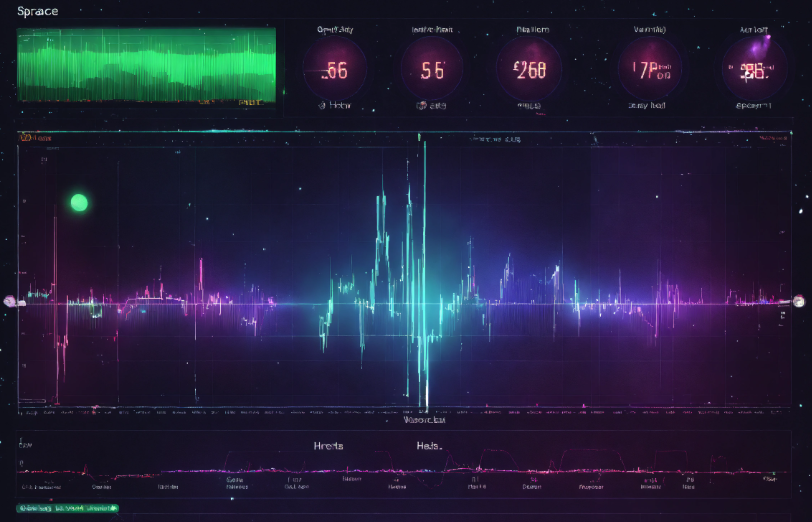
Advantages of Automatic Speech Recognition Technology
Improved Accuracy. Modern voice recognition systems are highly accurate, thanks to advancements in machine learning and natural language processing. This accuracy reduces errors in transcription and improves the reliability of automated systems, especially when processing audiodata from various sources such as microphone input or audio files.
Cost Savings. Automating routine tasks with voice recognition system can reduce labor costs and improve operational efficiency. For example, using voice-activated systems in call centers can decrease the need for a large customer support team.
Scalability. Voice recognition systems can easily scale to handle increased workloads. Whether you’re dealing with a surge in customer inquiries or expanding your operations, voice recognition system can adapt to meet your needs.
Convenience. Voice-activated controls offer a hands-free and intuitive way to interact with devices and systems. This convenience can enhance user satisfaction and make it easier for employees to perform their duties, especially in environments where manual input is challenging.
Why Businesses Should Implement Voice Recognition Technology
Stay Competitive.: As voice recognition technology becomes more widespread, businesses that fail to adopt it may fall behind their competitors. Implementing voice recognition system can help you stay ahead in a rapidly evolving market.
Enhance Brand Image: Offering innovative and accessible solutions can improve your brand’s image and reputation. Customers are more likely to trust and engage with businesses that leverage cutting-edge technology to enhance their services.
Meet Customer Expectations: Today’s consumers expect fast, efficient, and convenient interactions. By integrating voice recognition system, such as the Google Web Speech API through the SpeechRecognition package in Python, into your customer service and product offerings, you can meet these expectations and improve customer satisfaction.
Future-Proof Your Business: Voice recognition system is continually evolving, with new applications and improvements emerging regularly. By adopting this technology now, you can future-proof your business and be well-positioned to take advantage of new developments as they arise.
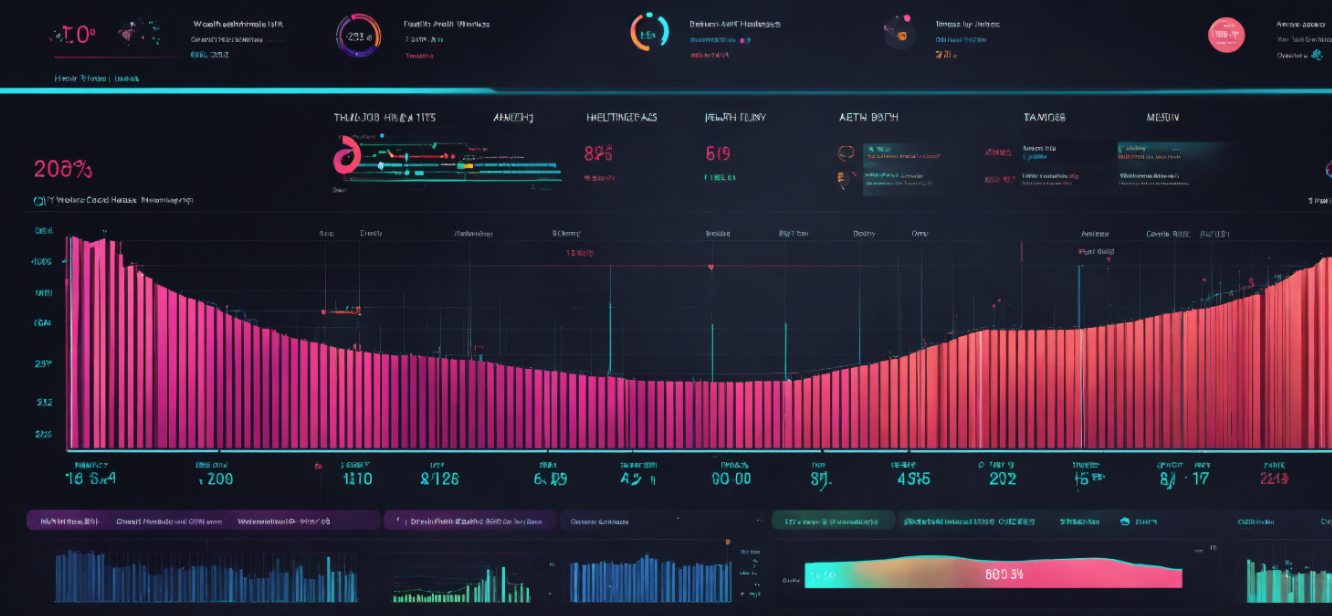
Enhancing Business Operations with Voice Recognition Technology
Adopting advanced voice recognition system can revolutionize your business, making processes more efficient and customer interactions more seamless. While implementing this sophisticated technology might seem challenging, only a few companies have the expertise to deliver exceptional services in this field. That’s where Scrile comes in.
Why Choose Us for Voice Recognition Technology?
At Scrile, we understand the complexities and challenges involved in developing cutting-edge voice recognition solutions. Our team consists of highly skilled and experienced specialists who excel not only in creating new products from scratch but also in refining existing ones to perfection.
We are dedicated to providing voice recognition solutions that are not just functional but also transformative for your business.
Expert Guidance and Custom Solutions
When you choose Scrile, you gain access to a team committed to understanding your unique organizational needs and objectives. We don’t just modify existing solutions to fit your requirements. Instead, we take a personalized approach, working closely with you to develop bespoke voice recognition system that exceeds your expectations.
Our custom-built voice recognition systems integrate seamlessly into your business processes, enhancing customer interactions and streamlining operations.
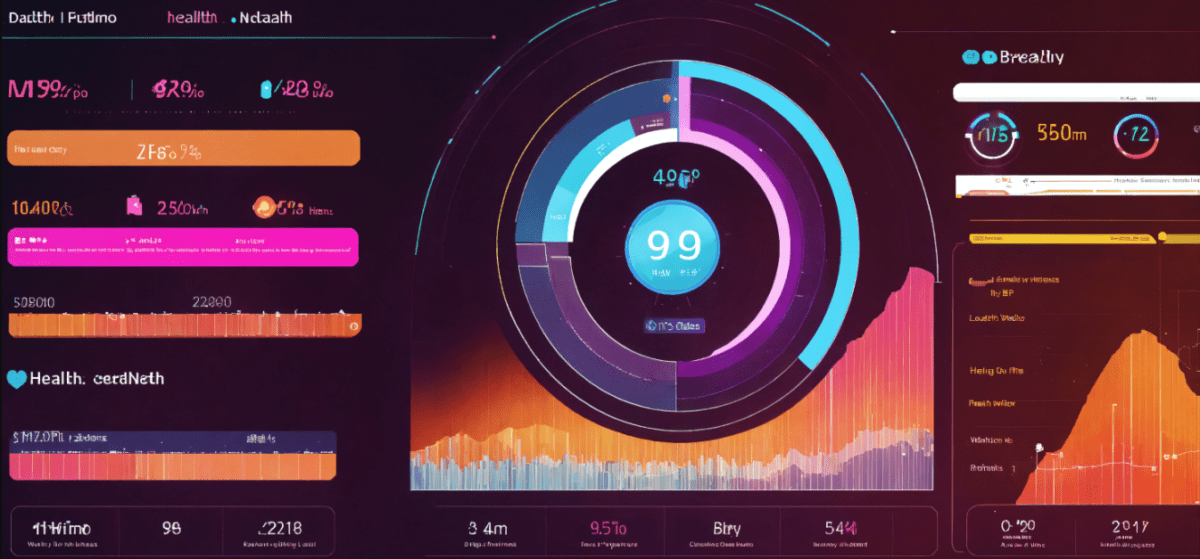
What We Offer
Choosing the right development company is crucial for implementing voice recognition technology. We take pride in showcasing the advantages of our team.
Rapid Deployment
Our top priority is to ensure your voice recognition solutions are swiftly deployed to meet your company’s needs. We understand the critical importance of speed in today’s competitive landscape, which is why we focus on rapid development and deployment without compromising on quality.
Scalable and Flexible Solutions
Our voice recognition solutions are designed to be both scalable and flexible, allowing them to grow and evolve with your business. Whether you’re a small startup or a large enterprise, our solutions can be customized to accommodate your changing needs and scale seamlessly as your company expands.
Quick Implementation of Robust Voice Recognition Solutions
We specialize in developing robust voice recognition solutions that can efficiently process audio files, making them powerful and agile enough to adapt to evolving business requirements.
Our streamlined development process ensures that your voice recognition solutions are deployed quickly and efficiently, allowing you to start reaping the benefits sooner.
Tailored to Your Specific Needs
We recognize that every business is unique, with its own set of challenges and objectives. That’s why we offer fully customizable voice recognition solutions tailored to meet your specific needs.
Whether you require a simple voice command system or a complex speech recognition algorithm, we work closely with you to understand your requirements and deliver a solution that aligns perfectly with your business goals.
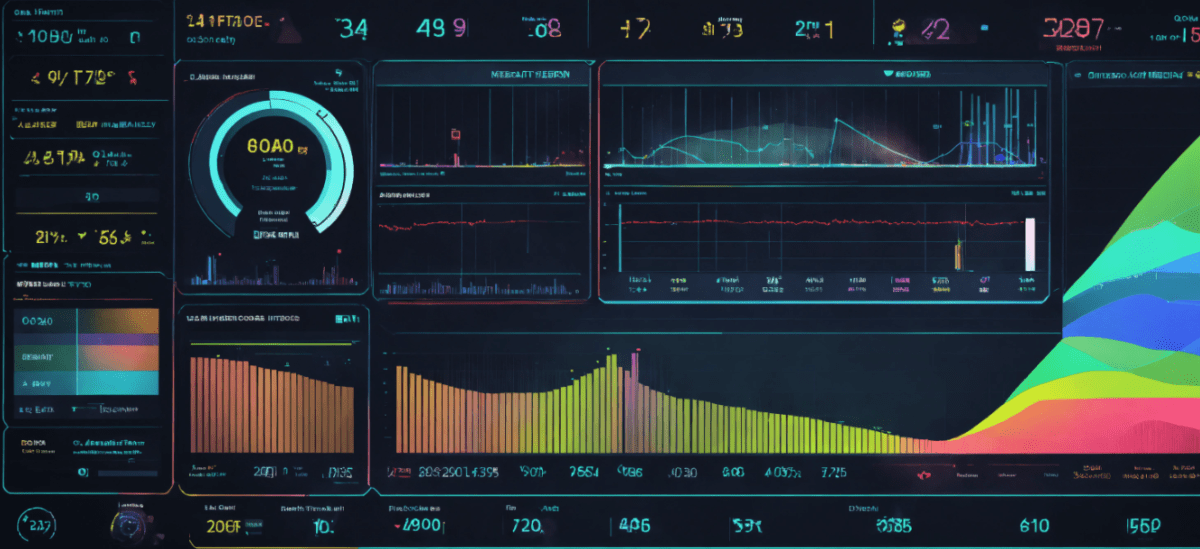
Overcoming Development Challenges
Developing voice recognition technology is a complex process that requires specialized knowledge and skills. However, with our company, you can navigate these challenges with confidence. Our team’s extensive experience allows us to tackle even the most demanding projects, ensuring we deliver exactly what you need.
Comprehensive Support Throughout the Process
We provide comprehensive support throughout the entire development process. From initial consultation and planning to implementation and beyond, we are with you every step of the way.
Our team is committed to ensuring that the transition is as smooth as possible and that your new voice recognition technology becomes a valuable asset to your business operations.
A Partnership for Success
We offer more than just a product; we offer a partnership aimed at driving your business forward with innovative, custom-made voice recognition solutions.
Our extensive experience and dedication to client satisfaction ensure that we can create a voice recognition product that not only meets but exceeds your expectations, adding significant value to your operations.
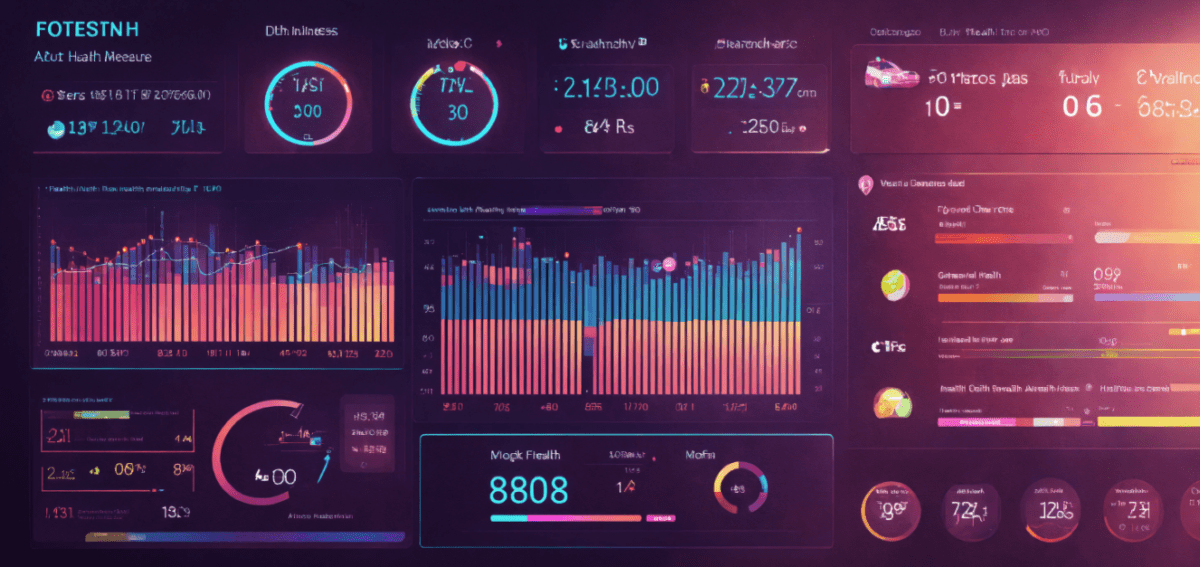
Ready to Transform Your Business with Voice Recognition Technology?
Partner with us to develop cutting-edge voice recognition technology tailored to your specific needs. Our team of experts is ready to help you navigate the complexities of voice recognition development and deliver solutions that drive success. Contact us today to get started on your voice recognition journey.
FAQ
Can Python Be Used For Voice Recognition?
Of course, Python can be used for speech recognition through various programs that capture input from a microphone or an audio file, process the audio, and convert it into text. While speech recognition might seem like a futuristic concept, it’s actually a technology that is widely used in everyday applications.
Which Algorithm is Used in Speech Recognition?
Speech recognition tech works by utilizing various algorithms such as PLP (Perceptual Linear Prediction) features, Viterbi search, deep neural networks, discriminative training, and the WFST (Weighted Finite-State Transducer) framework.
Is Speech Recognition Faster Than Typing?
Yes, speech recognition is generally faster than typing. While professional transcriptionists type at speeds of 50-80 words per minute, a study by Stanford researchers found that speech recognition was nearly three times faster and produced fewer errors compared to typing.

Read also
AI OnlyFans Problem: Addressing Challenges
Explore the challenges and problems associated with AI on OnlyFans, including ethical concerns and potential solutions.
Interactive Digital Assistant: Enhancing User Experience
Discover how interactive digital assistants can enhance user experience, with insights into their development and applications.
AI Nude Generators: Technology and Ethics
Learn about the technology behind AI nude generators and the ethical considerations surrounding their use and impact.
AI Sexting Apps: Exploring Features and Benefits
Explore the features and benefits of AI sexting apps, and how they are transforming digital communication and relationships.
AI Answer Generator: Automating Responses
Discover how AI answer generators work, their applications, and how they can automate responses for customer service and other uses.
